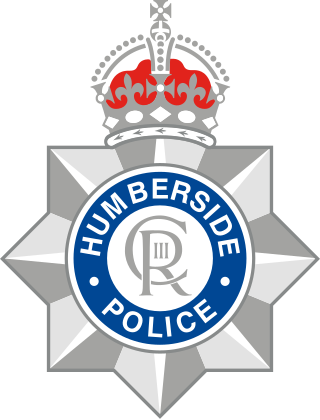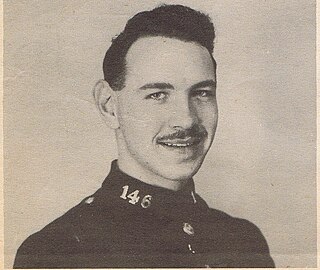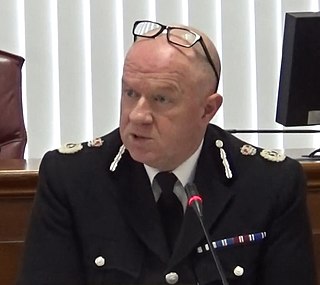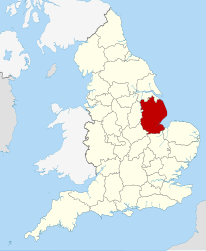
Cambridgeshire Constabulary is the local territorial police force that covers the county of Cambridgeshire and Peterborough unitary authority. It provides law enforcement and security for an area of 1,311 square miles (3,400 km2) and population of 856,000 people, in a predominantly rural county. The force of Cambridgeshire includes the cities of Cambridge, Ely and Peterborough, the market towns of Chatteris, Huntingdon, March, Ramsey, St Ives, St Neots, Whittlesey, and town and Port of Wisbech. Its emblem is a crowned Brunswick star containing the heraldic badge of Cambridgeshire County Council.

Humberside Police is the territorial police force responsible for policing The East Riding of Yorkshire including Hull and northern parts of Lincolnshire including Grimsby and Scunthorpe.

The West Yorkshire Constabulary (WYC) was, from 1968 to 1974, the statutory police force for the West Riding of Yorkshire, in northern England.
Northumberland Constabulary was the Home Office police force for the county of Northumberland, England, from 1969 until 1974.

Philip Douglas Knights, Baron Knights, was an English police officer who served as Chief Constable of West Midlands Police, succeeding West Midlands Police's first Chief Constable, Sir Derrick Capper.
Timothy Stancliffe Hollis, CBE, QPM is a retired British police officer who was Chief Constable of Humberside Police and Vice-President of the Association of Chief Police Officers. Before joining the police, he served in the British Army as an officer of the Parachute Regiment.

Michael Trevor Griffiths is a retired British police officer who served as Chief Constable and Chief Executive of the Civil Nuclear Constabulary from 2013 until 2019; prior to which, he was an officer of the British Army who retired as a Brigadier.
Sir Lawrence Byford was an English police officer who served as Chief Inspector of Constabulary from 1983 to 1987. His inquiry into the failings of the Yorkshire Ripper investigation by West Yorkshire Police earned him the description "the man who changed the face of modern policing" because it "led to fundamental changes in the way serial killer investigations would be carried out in future across the world".
Sir Richard Stanley Barratt, CBE, QPM was chief inspector of constabulary from 1987 to 1990.
Sir Keith Povey, QPM was Chief Inspector of Constabulary from 2002 until 2005.
Sir Trefor Alfred Morris was Chief Inspector of Constabulary from 1993 to 1996.
Sir William Clarence Johnson, CMG, CBE, QPM was an eminent English police officer.
Sir Colin Sampson, was a British police officer who held several senior police posts in the last decades of the 20th century.
John MacInnes Boyd was HM Chief Inspector of Constabulary for Scotland from 1993 to 1996.
Sir George Walter Roberts Terry was a senior British police officer, who served as Chief Constable of Pembrokeshire, East Sussex, Lincolnshire and Sussex Police Forces, and as president of the Association of Chief Police Officers.
John Duke was a senior British police officer who rose through the ranks to be Chief Constable of Hampshire Constabulary.
Lee Freeman is a retired British police officer who served as Chief Constable of Humberside Police until July 2023.
Sir Peter James Joseph Winship is a retired British police officer.

Andrew James Cooke, is a British public servant and former police officer. Since 1 April 2022, he has served as His Majesty's Chief Inspector of Constabulary and His Majesty's Chief Inspector of Fire & Rescue Services. He had served as a police officer and detective with Merseyside Police and Lancashire Constabulary, rising to become Chief Constable of Merseyside Police from 2016 to 2021.

Ronald Gregory,, was a British police officer who served as chief constable of West Yorkshire Constabulary and then West Yorkshire Police from 1969 to 1983. He was head of the police force during its five-year manhunt for the Yorkshire Ripper, Peter Sutcliffe.









